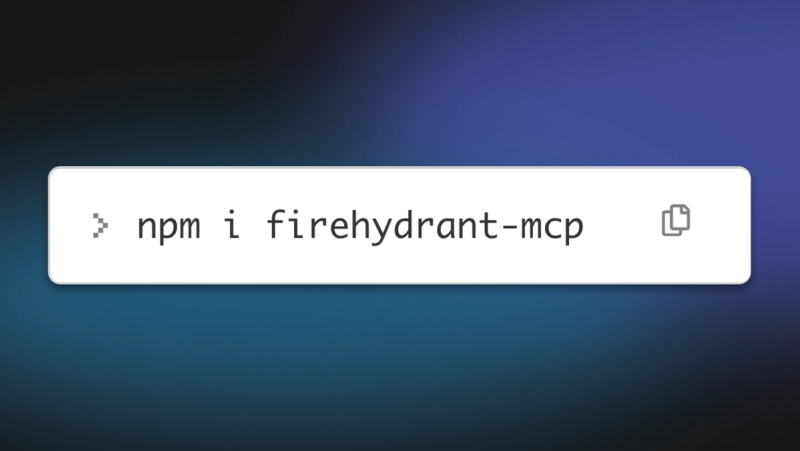
Blog
Insights, stories, and updates to help you build stronger incident response and reliability practices.


The 7 Most Common Incident Mistakes (and How to Prevent Them)
By Jessica Abelson
|
Service Status Update: October 20, 2025
By Danielle Leong
|

7 Ways Your Incident Management Just Got a Boost (New Feature Rundown)
By Jessica Abelson
|

Milestones, Evolved: Auto-Watch Incidents and Required Fields by Incident Type
By Jessica Abelson
|

Custom Roles & Permissions Now Available to All: RBAC That’s Powerful, Secure, and Scalable
By Dillon Adams
|

Introducing Schedule Rotations: One Schedule, Many Rotations, Total Coverage
By David Celis
|

FireHydrant MCP Server User Guide
By Danielle Leong
|

How I Built a DIY Pager (and Light Show) with FireHydrant Hacker Mode and Zigbee
By AJ
|

Who's Getting Paged and When? See It Instantly with Alert Visualization
By Jessica Abelson
|

Signals Is Lighting Up the Future of On-Call: Eight (Yes, 8!) New Features Just Released
By Robert Ross
|
Service Status Update: June 11, 2025
By Danielle Leong
|

Opsgenie Is Shutting Down: Why FireHydrant Is the Natural Evolution
By Jessica Abelson
|
Ready to Supercharge Your Reliability?
See how FireHydrant helps teams resolve incidents up to 90% faster and prevent them from happening again.